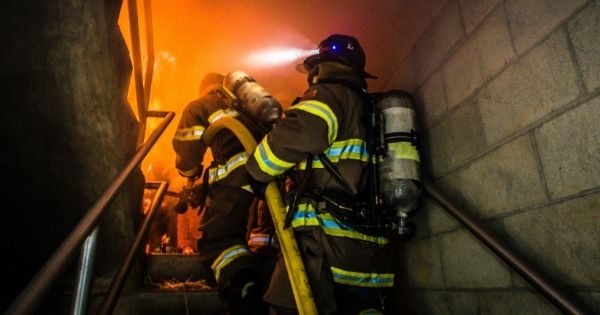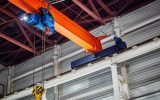Fires vary in ferocity, and the specific techniques used depend on a fire’s size and expansion rate. Each method is useful to contain and suppress dangerous wildfires. Firefighters learn these strategies through training before applying them to the job. Strategic approaches to fire improve firefighter safety and manage a fire’s damage.
Control Line
One of the most common methods firefighters use to put out fires is a control line. Control lines suppress a fire’s growth. In fire science, control lines are the natural or man-made barriers that interfere with a blaze’s trajectory. Though control lines are among the most critical fire suppression techniques, powerful fires can sometimes bypass these barriers.
Flanking
When flanking, firefighters choose one side from which to infiltrate the fire. With the proper fire fighting equipment, firefighters can advance on the main fire from behind—the side where the earth has already burned. Firefighters spray the blaze as they gradually work their way around its perimeter. They continue to douse the flames until the fire diminishes entirely, or they employ another method.
Backburn
Once they lay a control line, firefighters set a controlled fire downwind of the main blaze. The smaller fire takes place just inside the control line and burns toward the main one. This method focuses on burning up the fuel between fires, staying inside the barriers set by firefighters. Fuel can consist of any flammable plant matter in the environment, dead or alive.
Burning Out
Burning out emphasizes established boundaries set by control lines. Burnout refers to the barrier of small torches that burns brush inside a control line. Its purpose is to ensure a stable and fuel-free barrier. The more effective the border, the more firefighters can contain a fire.
Hot Spotting
Firefighters focus extra attention on the fiercest sections of a wildfire. This is known as hot spotting. Firefighters examine the entire fire, and then hone in on areas that are most likely to spread. Hot spotting attempts to put a limit on active and dangerous sections of the fire.
Additional methods firefighters use to put out fires include:
- Mop-up
- Cold trailing
- Aerial attack
- Knock down
- Fireline explosive
Firefighters receive comprehensive training to understand the importance of each fire-suppression strategy. During training and while on the job, firefighters gain insight on which techniques are most effective depending on a fire’s conditions.













